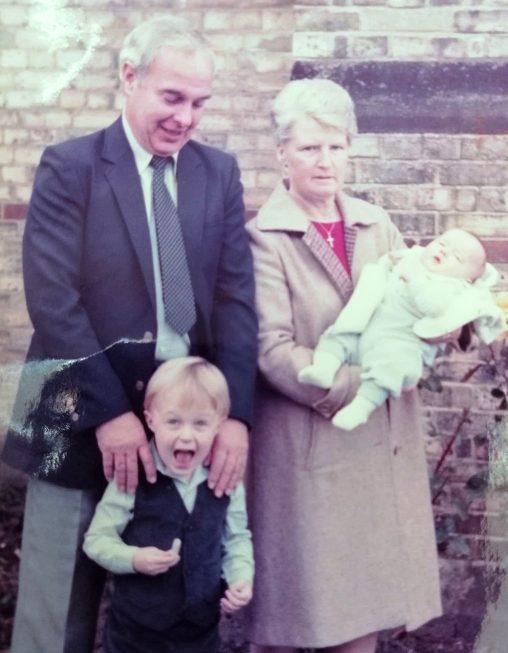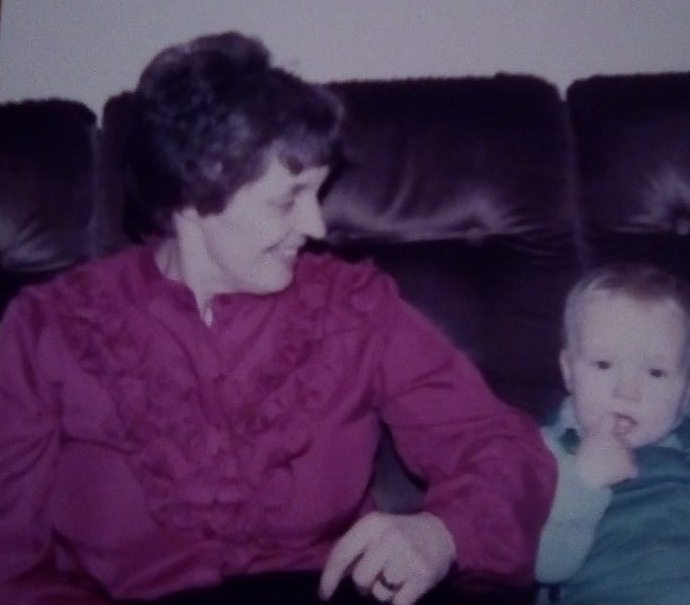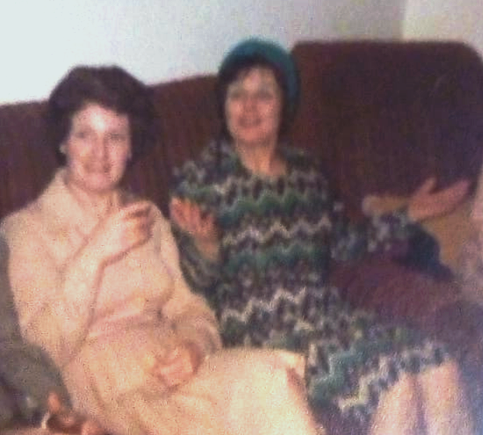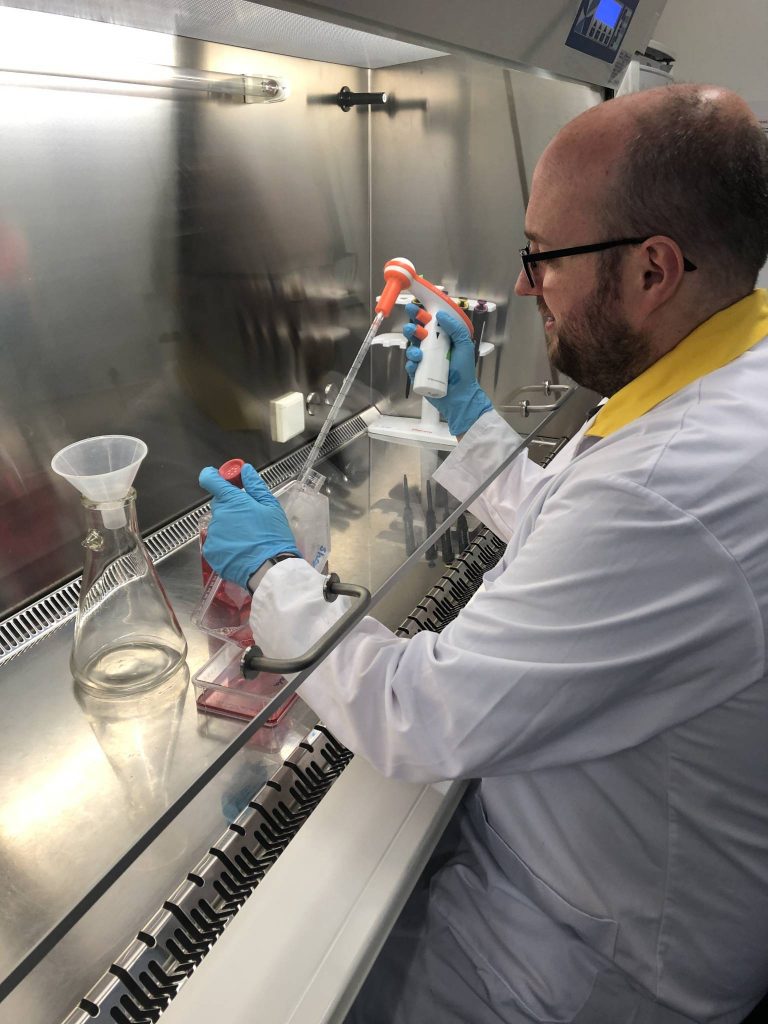The Demoucelle Parkinson Charity funds many research projects to help find a cure for Parkinson’s Disease and was delighted to visit KU Leuven last month to learn more about the work being done at the Laboratory of Cellular Transport Systems, headed by Dr. Peter Vangheluwe.
We asked senior postdoctural scientist Shaun Martin PhD, who leads a DPC-supported project there, to tell us more about his role, motivation and research. His responses were both eye-opening and touching.
Name: Shaun Martin
Occupation/Title: Senior Postdoctoral scientist
Nationality: British
Age: 35
What are you currently working on?
I am working on the role of lysosomal transporters in neurodegeneration. Lysosomes are key waste disposal units of the cell that significantly contribute to the health of neurons. I am specifically focusing on the effect of reduced transport of processed material back out of the lysosomes and the damages it causes on the capacity of the lysosomes to protect cells and neurons. I work within the Laboratory of Cellular Transport Systems, KU Leuven, headed by Dr. Peter Vangheluwe and I am funded by the Demoucelle Parkinson Charity via the Michael J Fox Foundation (MJFF). (Photo: Shaun Martin PhD)
Can you explain – in as layman’s terms as possible – how this project could help find a cure for Parkinson’s Disease?
Lysosomes hold a central role in clearing unwanted or toxic material from cells/neurons and recycling it to promote life and longevity. This means that if we can understand how to promote the activity and health of lysosomes, we can promote a healthier and happier neuron. However, the best way to understand which lysosomal functions are essential is to study what goes wrong during disease. Once we know this, we can start to reset the system and pinpoint the key process (es) that are essential for promoting neuronal health. With this information we can design and develop therapies to recapitulate the required changes and make advances toward disease altering therapies/cures.
How long have you been working on this project and when do you expect to be able to communicate your results?
I have been working on my projects since 2016, it has been a long and complicated road but we are hoping our findings will be published in the coming months, and then we can start to broadcast and present our novel findings to the broader community.
Could your research have implications for other diseases as well? If so, which ones and why?
Beyond Parkinson’s disease, we have evidence that links our project(s) directly to other neurodegenerative disorders, but lysosomes also play a key role in a number of other diseases, such as cancer. Cancer cells manipulate lysosomes to become more efficient, to promote life in difficult environmental conditions and therefore we can learn from neurodegenerative disorders how to hurt cancer cells and vice versa.
Have you had any personal experience with Parkinson’s patients and what impact has that had on you?
Unfortunately I have. Both of my grandmothers were diagnosed with Parkinson’s disease when I was a child.
Both of my grandmothers were diagnosed with Parkinson’s disease when I was a child.
My patient and loving grandmother Patricia Stewart was diagnosed when I was very young and saw a fast physical decline. She was later diagnosed with dementia and showed a rapid disease progression over the next decade.
For my beautifully spirited grandmother Mary Martin, she was diagnosed later and saw a significant decline in motor function but her heart, her passion and her cheeky Irish nature never faded. (Photo (right) shows Shaun being held by ‘Grandma Pat’.)
(Photo below shows Shaun’s ‘Grandma Mary’ with his father as a boy.)

Why do you think it is important to try to find a cure for Parkinson’s Disease?
Beyond the fact that it affects millions of people directly worldwide and its incidence is increasing every year, it is a disease that takes away a person’s ability to be themselves and to be part of the family they love. It places a significant burden on their family and support network and it is also a disease that is independent of a person’s life choices. With this I mean that Parkinson’s disease is not a result of the choices we make to eat, drink or smoke too much. It seems to affect anyone, from any walk of life and do so without discrimination and without remorse.
Do you think a cure for Parkinson’s Disease is possible within the next decade?
With the improvement of technology and the depth of disease complexity this modern era of science is providing, I believe we will be able understand Parkinson’s disease much better within the next decade. With this, coupled with both refined and high throughput screening I believe we have never had a better chance of providing disease modifying therapies.
What more is needed in order to ensure that scientists, such as you, are able to do the research necessary to find a cure?
We need support, support that is given from such amazing charities as the Demoucelle Parkinson Foundation and the MJFF. But we also need big pharmaceutical companies to get back on board, to see the need and not give up hope.
What difference has it made to you and your research to have had the support of the Demoucelle Parkinson Charity?
So much, firstly my research is 100% supported by the Demoucelle Parkinson Charity so with them we are moving this research beyond the disease implications and toward drug development in the coming years. We were also very fortunate to meet Anne-Marie and Patrick Demoucelle recently. They gave us such an inspiring talk and really helped focus our minds towards a life ruled by positives. Thank you for so much for that!
 What motivates you every day to go into the lab and continue with your research?
What motivates you every day to go into the lab and continue with your research?
Firstly, and most importantly I am a scientist, I am a geek. I love the puzzle and I have a passion to understand what goes wrong in disease, what minute adaptation(s) within the plethora of processes that occur within a cell, sparks a cascade of events that shifts the life/death balance and ultimately leads to disease. Secondly, my family. Growing up with Parkinson’s disease in your day-to-day life makes me want to contribute to its understanding and contribute to its cure. Thirdly, my partner, my soundboard and my rock Sarah who I work with, side by side, each moment of each day. We are a perfect complementation of one another and strive to understand Parkinson’s disease better together. (Photo shows both Shaun’s grandmothers together.)
And finally, what’s your favourite quote or piece of life advice?
Because my boys James and George love Mickey Mouse and Pluto, I have chosen a quote by Walt Disney that fits perfectly:
“The way to get started is to quit talking and start doing”.

